GETTING SEPTIC
with Matt Badolato
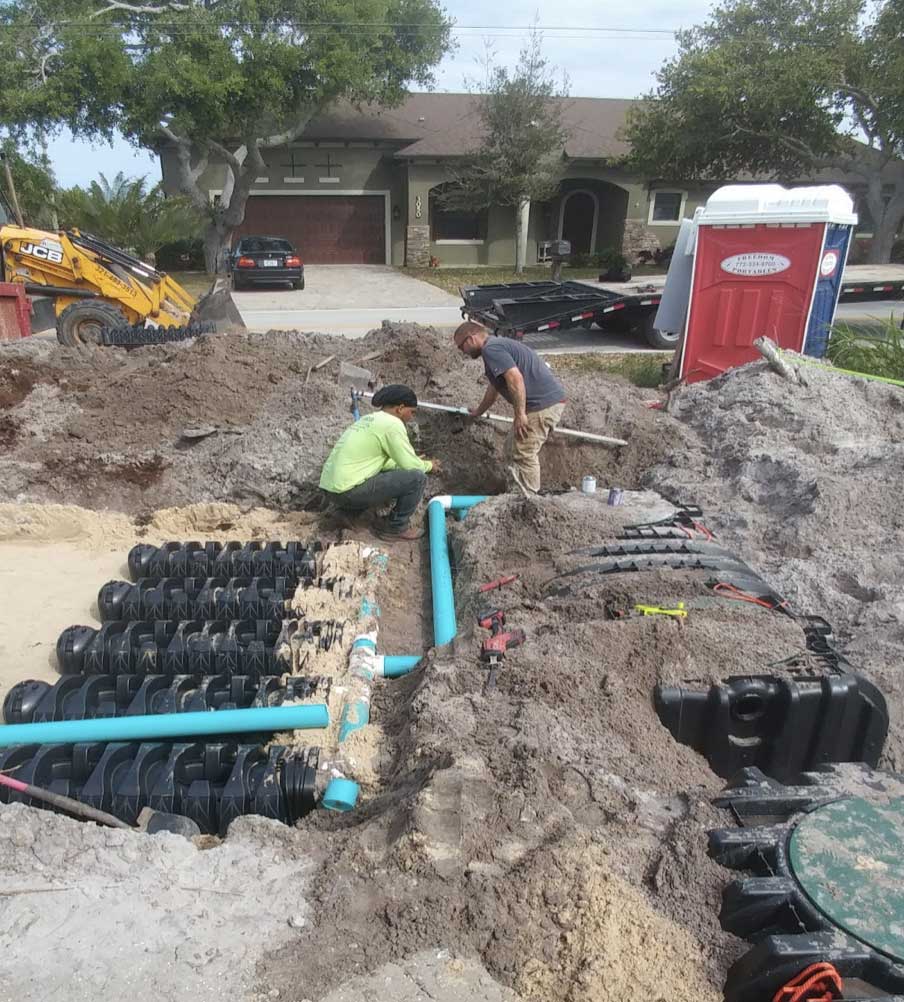
The crew from Harbor Septic installs an advanced treatment septic system on Merritt Island. These systems incorporate oxygen into the tank to promote aerobic bacteria growth and remove excess nitrogen before the sewage hits the drainfield.
Our Lagoon Restoration Efforts
Hello anglers and anglerettes! This is Matt Badolato from Brevard County Natural Resources Save Our Indian River Lagoon Program.
That’s a long name, I know. But my team and I are working on big things for lagoon restoration. Things like muck removal, sewer repairs, oyster reefs and more.
One project we’re really passionate about is septic tank upgrades. In case you didn’t know, septic tanks hold all the water that you flush down your toilet, sinks, showers, and washing machines. Gross.
This disgusting mix of water goes into a big tank to settle, then it trickles out into your lawn through a series of pipes called the drainfield. That poo water then percolates through the ground, sometimes through sand right into the groundwater.
Out of sight, out of mind, right?
Wrong. Have you ever dug down to water here in the Space Coast? It’s not far down in most places. We’re floating on a layer of groundwater!
Your partially treated sewage travels in an underground river, eventually making its way to the lagoon.
Why is that a problem?
Because this water is high in nutrients. Algae blooms—like those that caused the terrible Banana River fish kill in 2016—are fueled by high nutrients in the water. Nutrients=fertilizer. Algae are like landscape plants—feed them fertilizer and they grow big and green. And numerous.
When these algae have all the food they need from leaking sewer pipes and septic tanks—they bloom. And when they all die at once (gets too hot, blooms get too big, etc), bacteria start eating the algae and multiplying. Bacteria use oxygen—the same stuff that fish like to breathe.
Too much bacteria=too little oxygen=FISH KILL.
Which, as you know, is bad for fishing.
We like fish, too.
So we’re focusing on septic tanks closest to the lagoon first. We’re offering eligible homeowners a reimbursement to swap theirs for new Advanced Treatment Units (ATUs). These are also called aerobic systems because they incorporate an aerator (like your battery-powered livewell bubbler). Adding oxygen to the septic tank helps good bacteria break down the nitrogen and phosphorous in waste water before it gets to the drainfield, groundwater or lagoon.
We’re also testing new materials to create layers beneath septic drainfields that will filter water better before it hits the river of groundwater.
Stay tuned for more Save Our Indian River Lagoon Project updates. To see if your property is eligible for a Septic Upgrade, and to check the status of other lagoon projects, check out our online Story Map.
Feel free to contact me at matthew.badolato@brevardfl.gov with any questions or comments. We love to hear your lagoon stories as well.
Until next time,
Matt


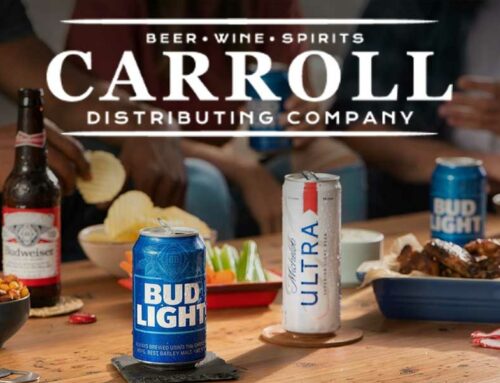
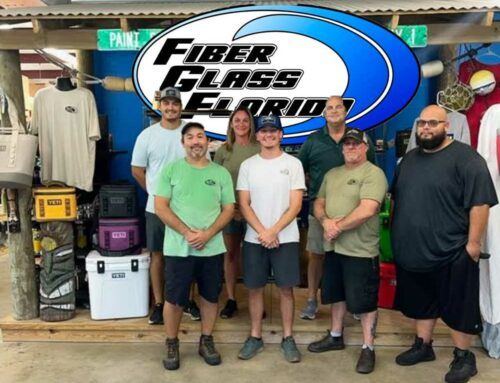
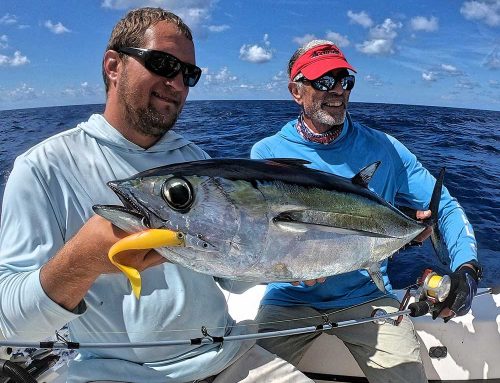
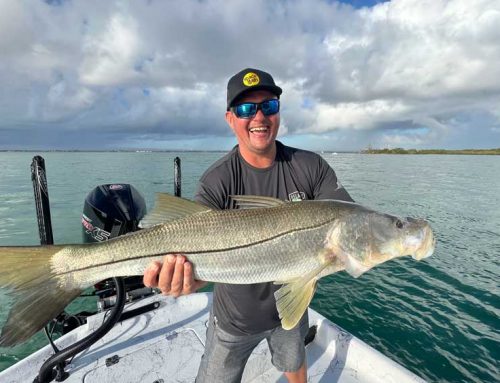
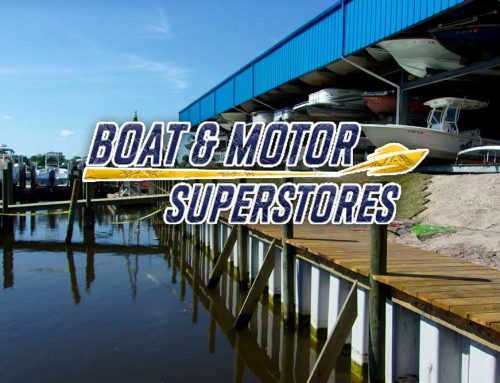

Leave A Comment
You must be logged in to post a comment.